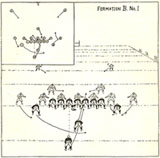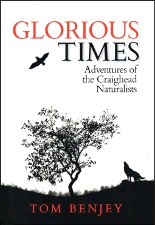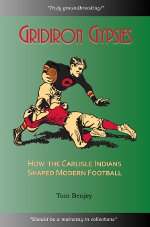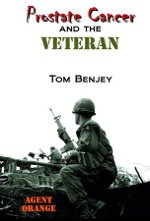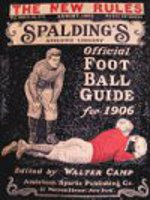Several decades ago, Robert W. Wheeler then a grad student at Syracuse hitchhiked coast to coast carrying an incredibly heavy reel-to-reel tape recorder to interview acquaintances of Jim Thorpe for his master’s thesis. The project grew as the miles rolled on. His budget, however, didn’t grow. But Bob persevered.
Years—it probably felt like decades—later, he had not just a master’s thesis but a full length biography of the world’s greatest athlete. After reading the book, Dick Schaap referred to Bob as Jim Thorpe’s Boswell, drawing an analogy to the thoroughness of his research in comparison to that done by James Boswell in documenting the life of Samuel Johnson. Since Wheeler’s book was first published, several other biographies of Thorpe have been written but they all draw on the painstaking work done by Wheeler.
The National Museum of the American Indian (NMAI) is celebrating of the 100th anniversary of Jim Thorpe’s triumphs in the Stockholm Games along with other Native Americans’ participation, many for medals, in the Olympics. The entrance to the exhibit features a blown up photograph of Carlisle Indian Frank Mt. Pleasant broad jumping in his Dickinson College track uniform. Here is a link to information about the exhibit: http://nmai.si.edu/explore/exhibitions/item/504/
Today, Bob Wheeler is giving a talk at the NMAI that I will be attending. Those unable to attend can hear Bob speak on the NMAI’s webcast of the event. Here is a link to the webcast: http://nmai.si.edu/calendar/?trumbaEmbed=date%3D20120817 Also speaking will be Flo Ridlon, Bob’s wife, who played a crucial role in getting Thorpe’s Olympic medals restored. Both are spellbinding speakers. This is an event not to miss.


